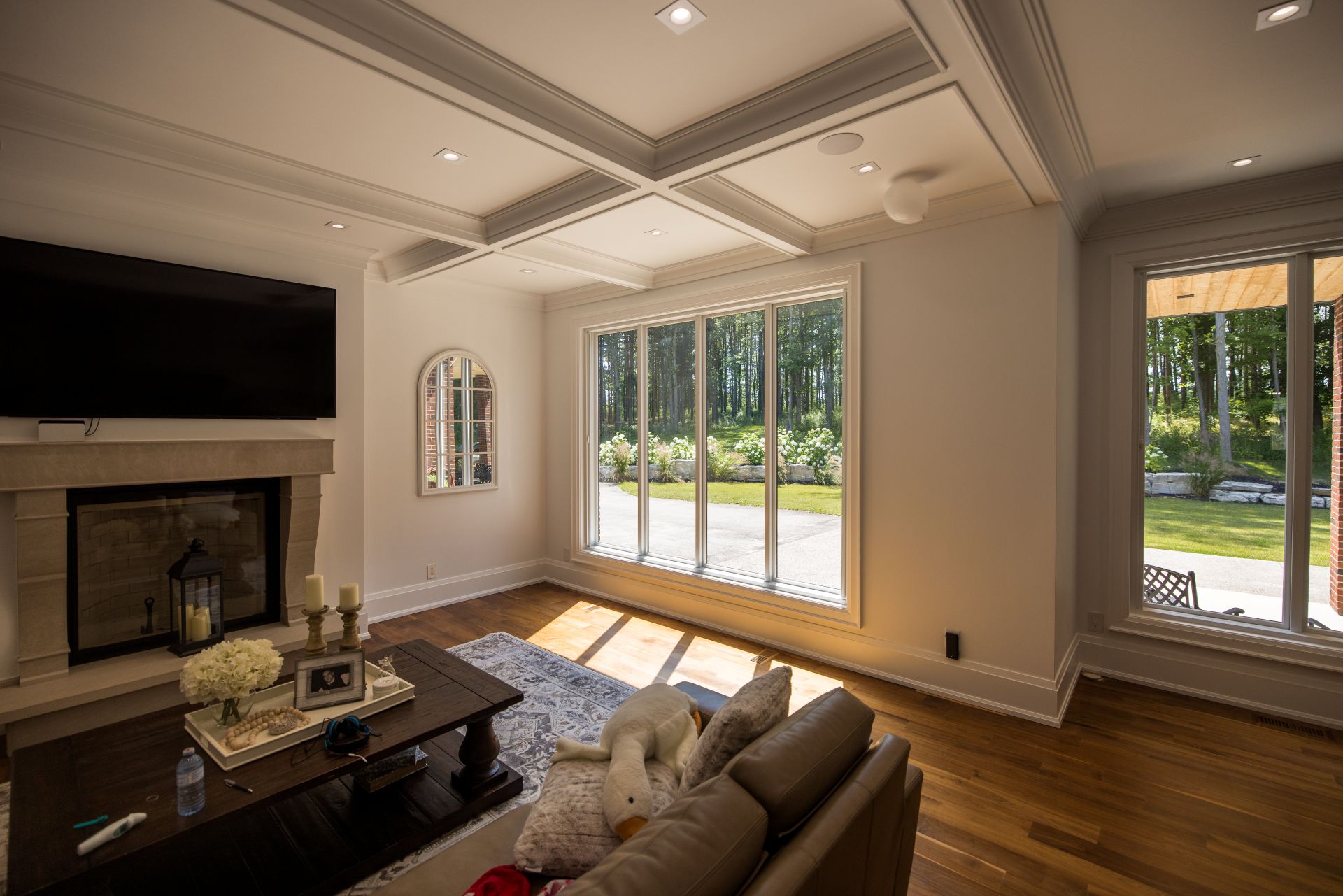
Window Parts, Materials & Components
Tempered Glass vs Regular Glass: The Key Differences Explained
Are you planning to replace your windows? Or maybe you want to install some brand-new glass doors, a window wall, or shower doors? In this case, you're probably trying to decide what type of glass to choose, right? While other components of a glass product matter very much for its durability and efficiency, the glazing plays a crucial role in strength and safety.
So, if you want to understand the difference between tempered glass vs regular glass, we're here to help! This article compares them in detail, helping you choose the right glass for a smarter and safer investment!
Key Takeaways
- Tempered glass is made of regular glass, except that it undergoes a tempering process. Because of this, tempered glass is stronger than regular glass.
- Regular (annealed) glass breaks into large, dangerous pieces, while tempered glass breaks into small, blunt pieces, so the latter is much safer for homes, especially in high-risk areas.
- Tempered glass can handle sudden temperature changes without cracking, while regular glass is more prone to thermal breakage.
- Regular glass is cheaper and easier to cut or shape on-site, so it's better for low-impact areas and decorative uses.
What Is Regular (Annealed) Glass?
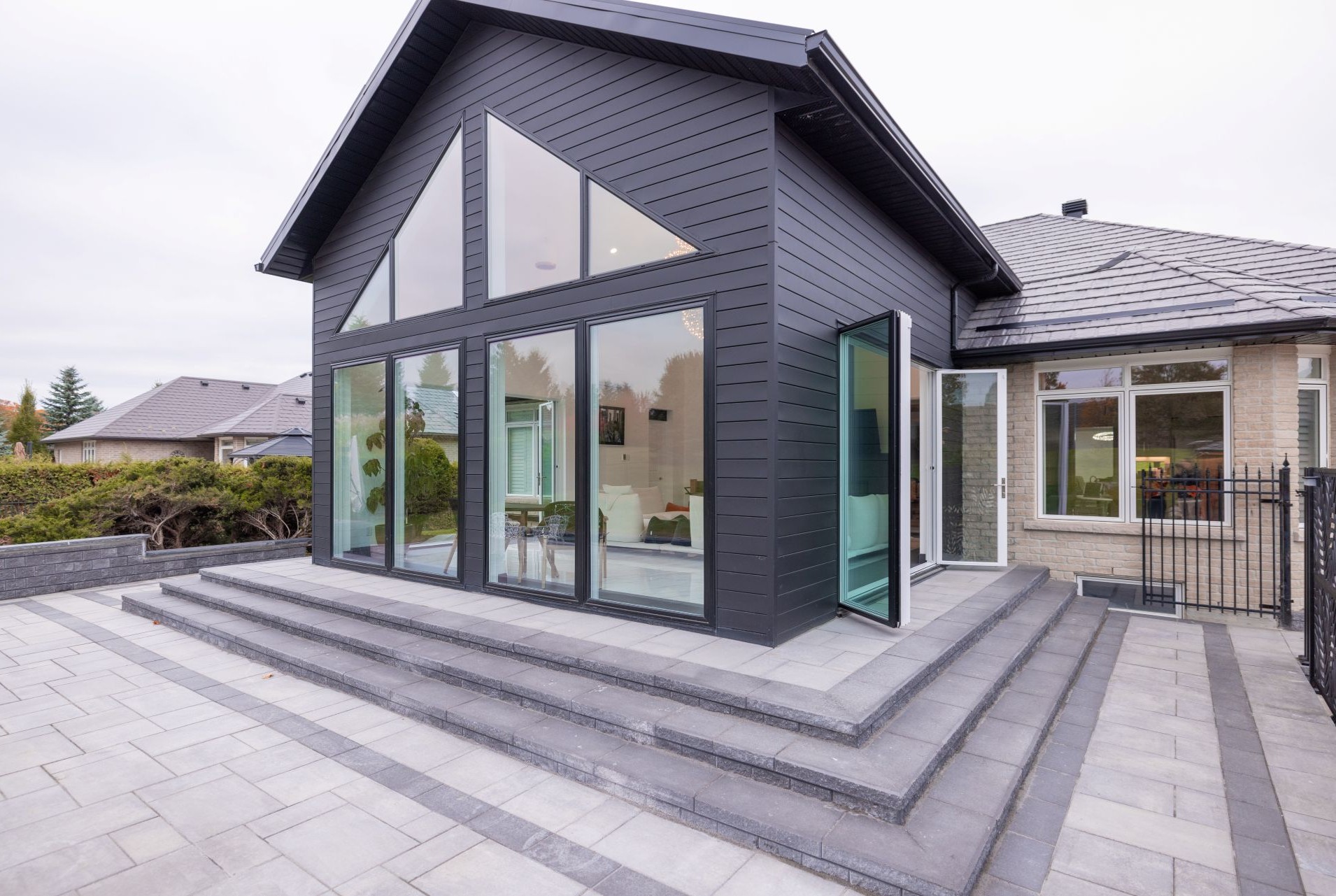
Regular glass, also known as annealed glass, is obtained through a process called annealing. This process implies that after having been formed, the hot glass objects are slowly cooled to relieve residual internal stresses. If glass objects do not undergo the annealing process, they are not as strong and will crack or shatter even under small temperature changes or mechanical shock.
Annealed glass is extremely popular, especially because it's more budget-friendly than other glass types. Moreover, glass experts can shape, cut, polish, and even chemically treat regular glass for various applications. In fact, glassmakers love it for how easy it is to work with, and designers often choose it for its customizable nature.
Despite its widespread use, non-tempered glass is fragile even though it does undergo a strengthening process. Plus, when it shatters, it breaks into jagged shards, making it incredibly dangerous. This is why annealed glass is usually preferred only in low-impact uses like display cases or picture frames, where strength isn't the top priority.
What Is Tempered Glass?
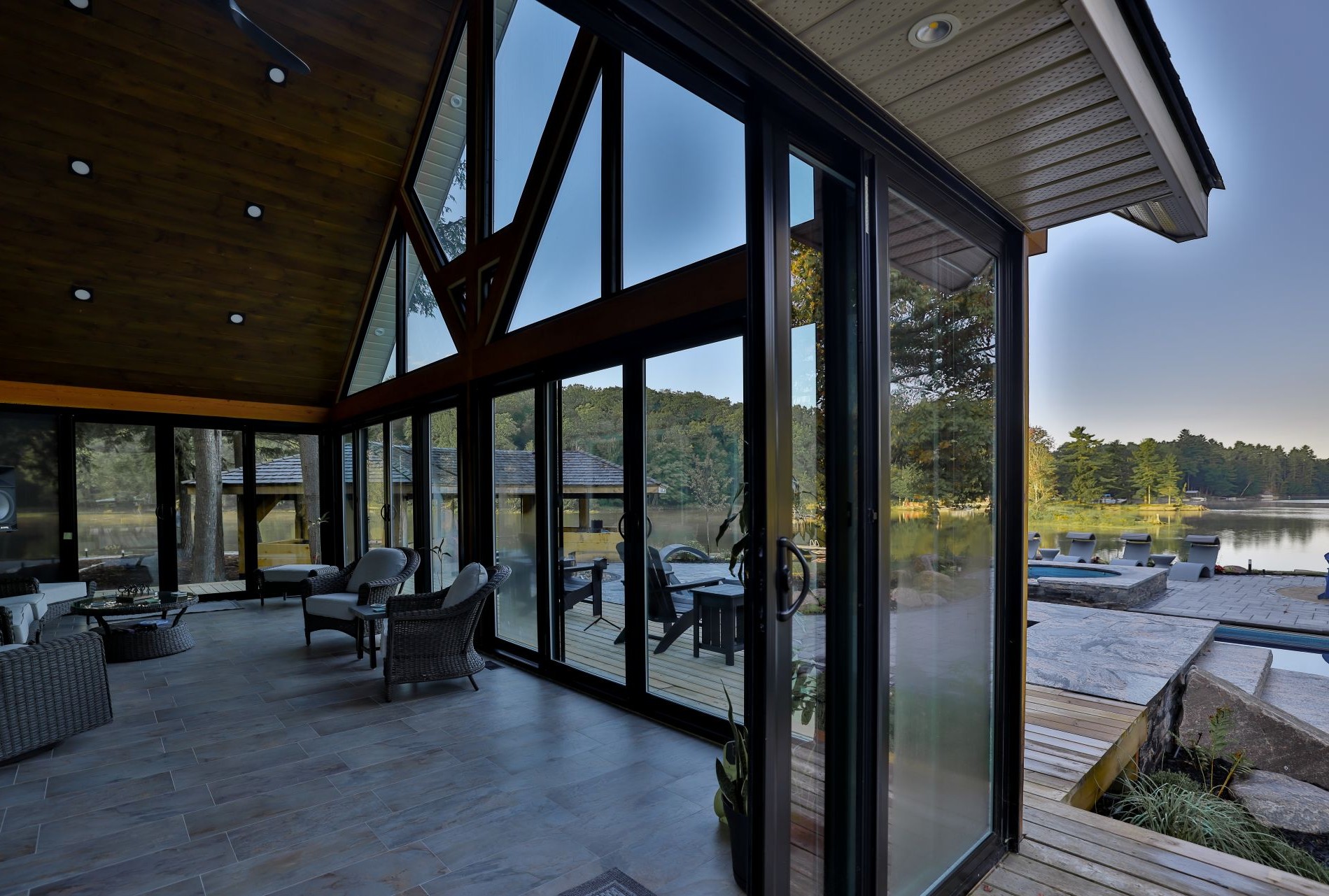
Tempered glass, also called toughened glass, is a kind of safety glass. It consists of annealed glass that undergoes an additional strengthening process:
- The annealed glass is placed onto a roller table and then transported into a furnace.
- The glass goes through a process that involves heating it at extremely high temperatures, approximately 1,148°F (620°C).
- Immediately after this, the glass is cooled rapidly for just a few seconds, a process called quenching. This aims to cool the glass surface quickly, while leaving the center to cool more slowly.
- The center remains in tension, while the surface goes into compression. Because of this, tempered glass windows, for example, are much stronger than annealed glass windows.
There is another method to toughen standard glass. It is called chemical tempering. It implies using a chemical treatment where chemicals exchange ions on the surface of the glass. This results in compression. However, this method is only rarely used because it's expensive.
This process makes tempered glass four times stronger than standard glass. Moreover, even if it does break, tempered glass breaks into small chunks. These small fragments are less likely to penetrate deep into the skin, which is why tempered glass is preferred in doors and window units, table tops, or other glass products whose broken glass pieces can pose a safety risk.
In this regard, we should also mention laminated glass. Tempered and laminated glass are both safety glass. However, laminated glass is more expensive than tempered glass (see below for more details about why some homeowners laminated glass!).
Key Differences Between Tempered and Regular Glass
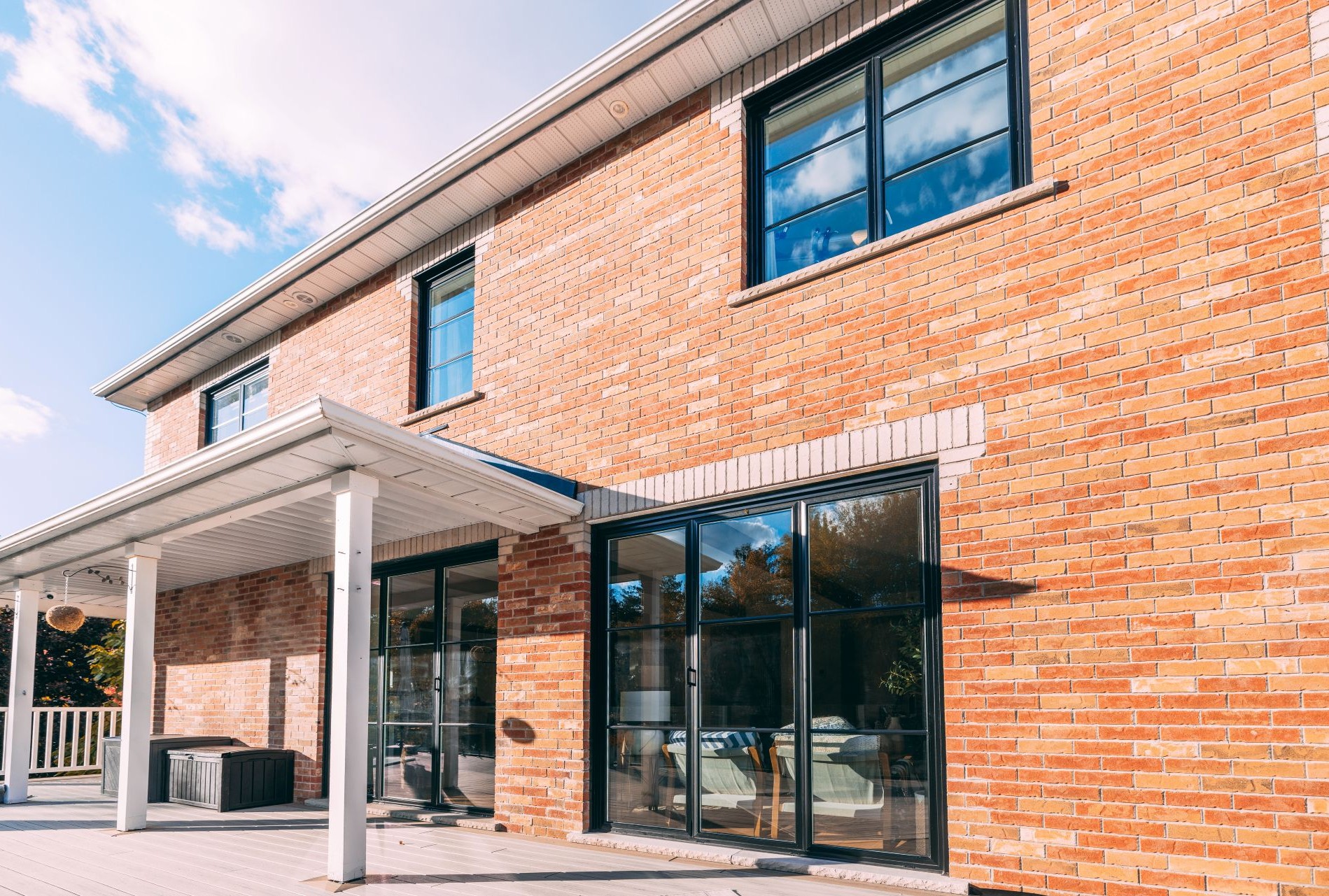
If you're trying to choose tempered or regular glass for your windows, for example, it's important to understand the key differences between them. After all, regardless of what project we're talking about, glazing products are long-term investments, so it's essential to choose a type of glass that suits your needs and budget.
Although both are made with similar materials (sand, recycled materials, soda ash, and limestone), there are certain differences between them that can influence your decision when it comes to glass replacement.
Therefore, here's a quick breakdown of the key differences between tempered and regular glass, which we'll discuss in detail below:
Safety Properties
Tempered glass earns high marks for safety. Regular glass breaks into sharp, dangerous shards, while tempered glass breaks into small, blunt pieces. This makes tempered glass much less likely to cause injury. Tempered glass is built for impact, so it's installed in high-traffic or high-risk areas. In fact, it's often required by law to install safety glass in certain applications.
If you want to go the extra mile, you can request laminated glass, which is even safer than tempered glass. It consists of two glass layers separated by a plastic interlayer - when it breaks, the glass pieces in the outer layers are held together by that interlayer, so the risk of injury is significantly diminished. This type of glass is typically used in vehicle windshields, for example, and in large glass doors to prevent forced entry.
Strength
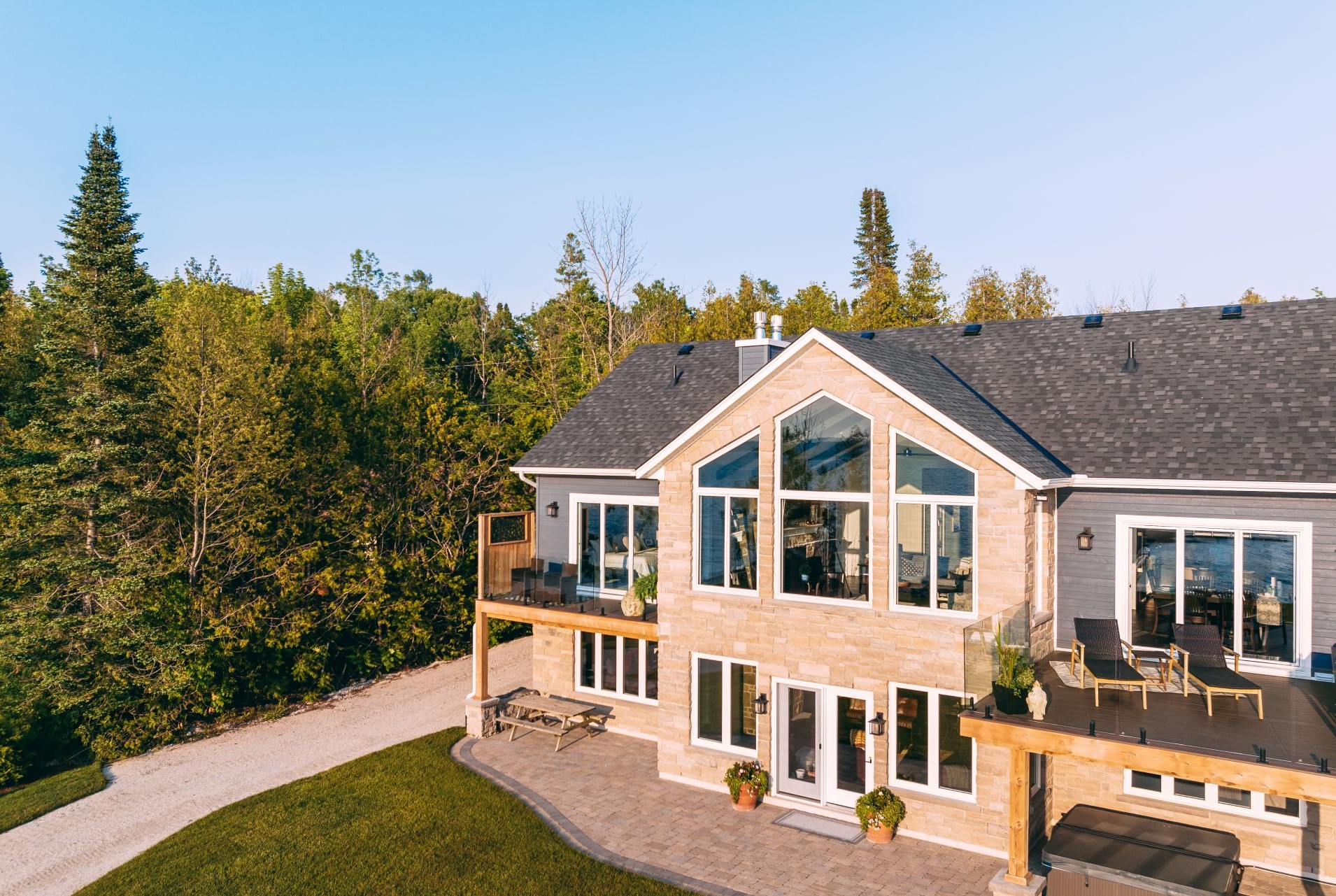
One of the biggest differences between tempered safety glass and ordinary glass? Their strength! The toughening process makes tempered glass 4 to 5 times stronger than regular glass of the same thickness, which is why it is often preferred by both residential and commercial building owners.
This is why tempered glass is often used in:
- Frameless glass railings
- Commercial building facades
- Large windows and window walls in homes and offices.
Heat Resistance
One of the standout features of tempered glass is its excellent heat resistance. It can withstand fluctuating temperatures without cracking or breaking. This makes tempered glass perfect for:
- South-facing windows that get a lot of sun exposure
- Kitchen areas, especially near stoves or ovens
- Skylights for sunrooms
- Large doors
Unlike tempered glass, annealed glass is much more vulnerable to thermal stress. It may crack or break if exposed to sudden temperature changes. This is why tempered glass is safer in regions like Ontario, which experience significant temperature swings.
Scratch Resistance
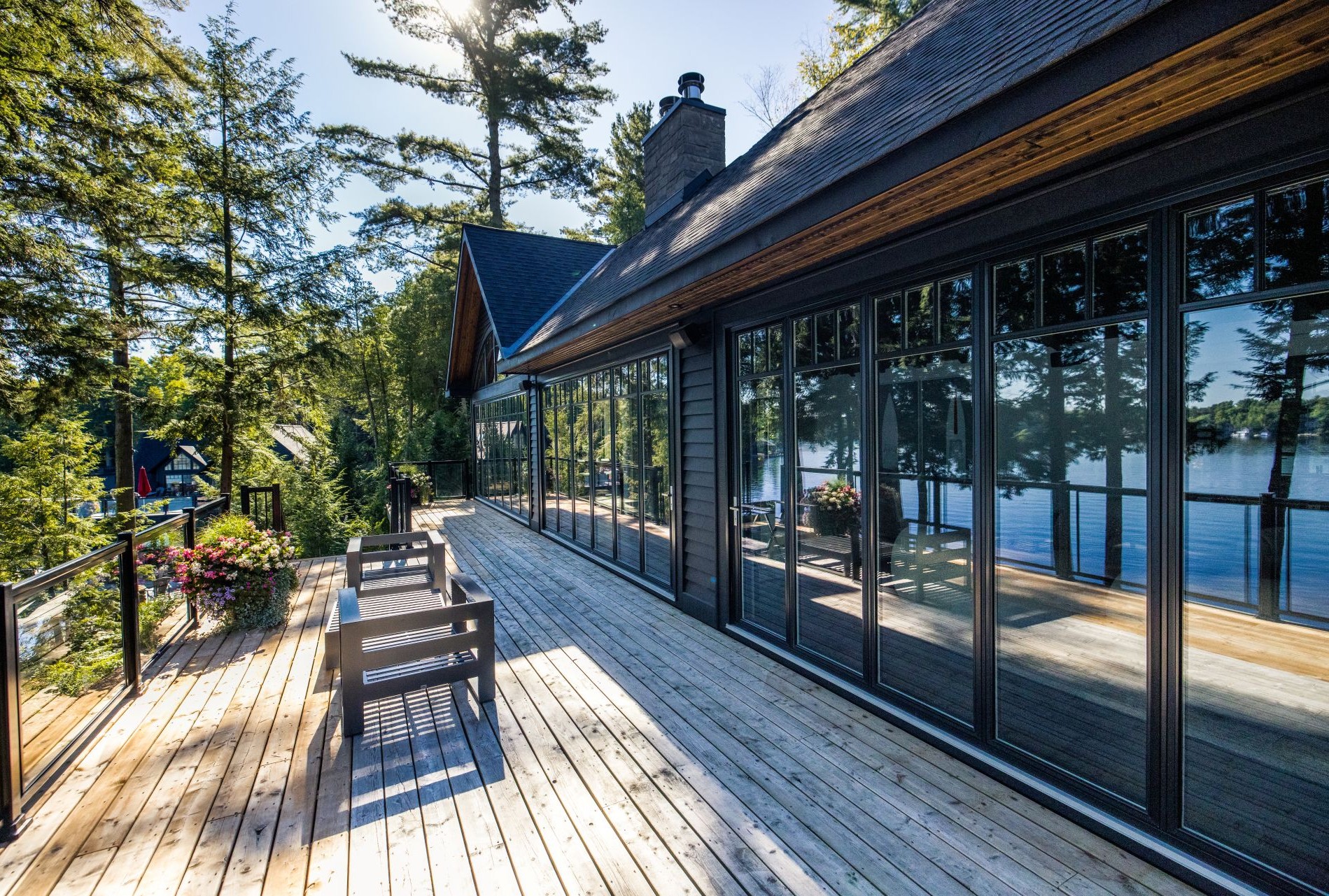
When it comes to scratch resistance, both types of glass are quite similar: they have about the same surface hardness because they're made from the same base material. However:
- It's important to note that if tempered glass is scratched or broken at the corners, the entire glass panel may break.
- Annealed glass, though more fragile than tempered glass, tends to have a smoother, less tensioned surface that sometimes hides minor surface flaws better.
Either way, regardless of what glass type you choose, you may want to consider applying a protective window film or coating.
Visual Differences
Tempered glass and regular glass look almost identical to the naked eye, although there are some things that you may want to consider:
- Tempered glass: the edges are usually smoother and more polished; it may also have slight surface distortions, especially when viewed at an angle; it reflects light differently, sometimes having a more pronounced greenish hue than annealed glass
- Regular glass: edges may appear more raw, sharp, or less refined; more optically clear; has a more neutral or greenish tint
Customization and Installation
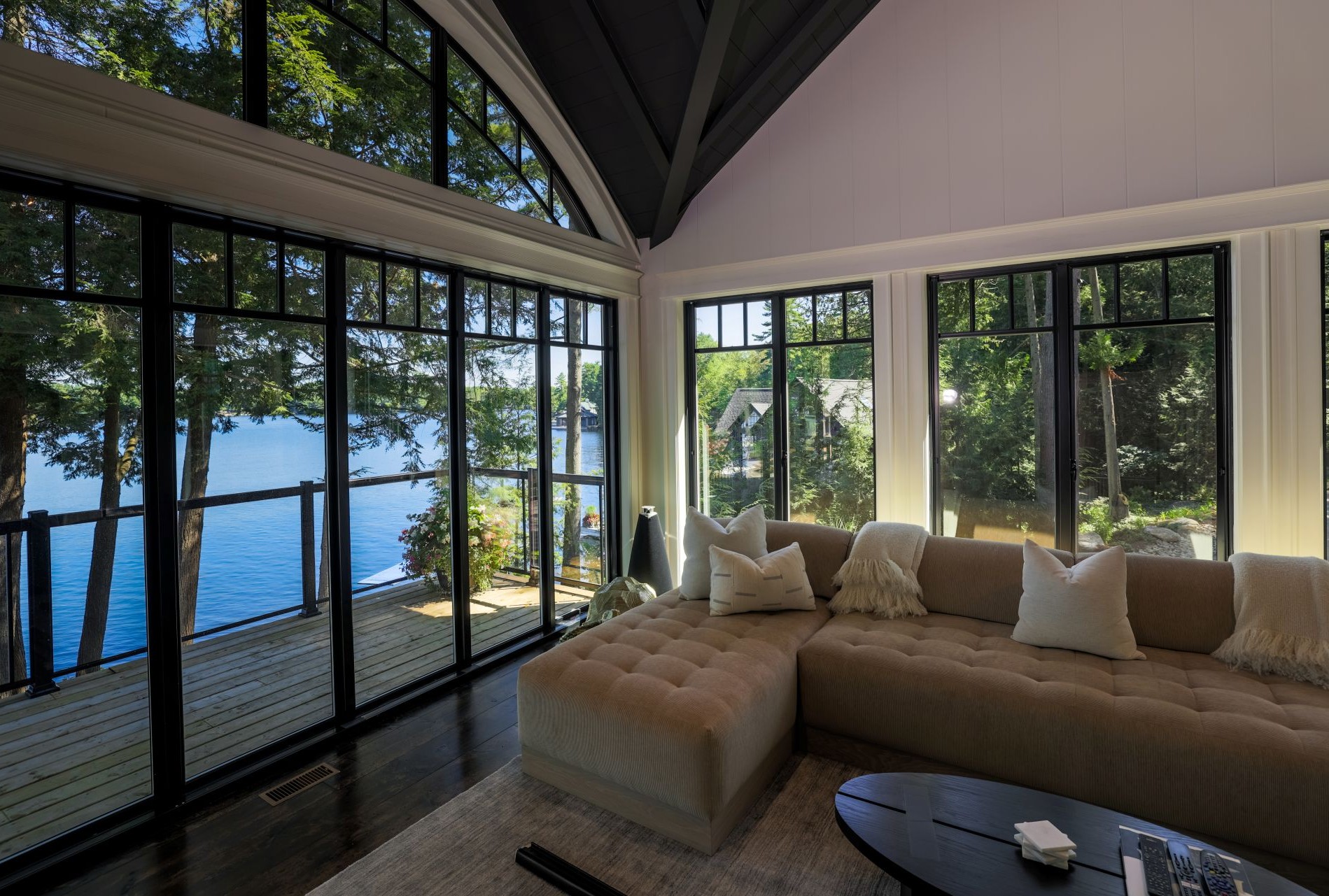
Annealed glass can be cut, drilled, or shaped on-site. This makes it more flexible for small custom projects or decorative glass installations.
Tempered safety glass, on the other hand, must be cut and shaped before it's tempered, designed specifically for your needs. Once it goes through the heat treatment manufacturing process, it can't be altered. This means that any last-minute changes will require a whole new glass pane. This can be inconvenient and costly.
Ideal Uses for Homeowners
Here's a quick reference to help you choose the right type of glass based on where you plan to use it:
Cost Considerations
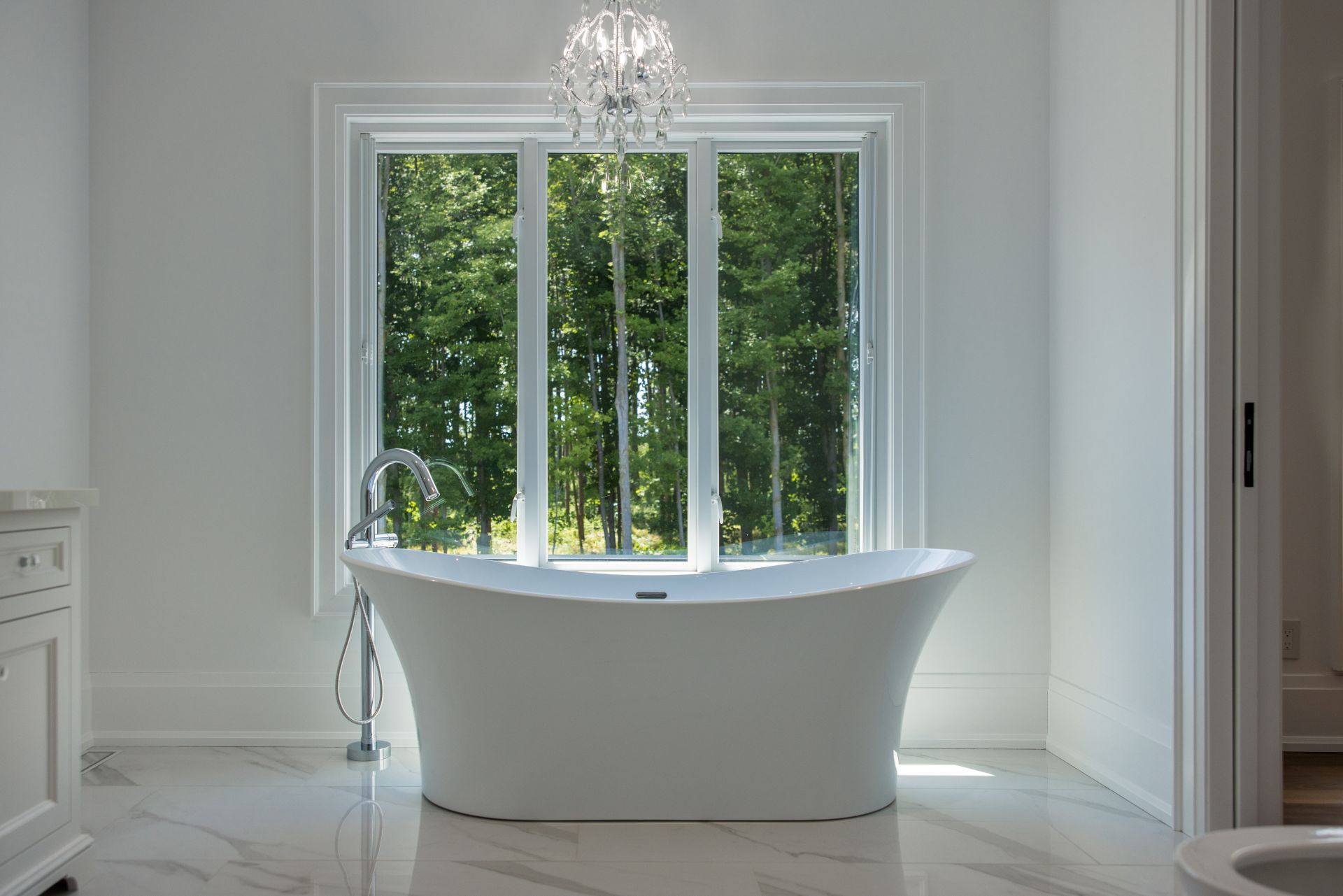
Laminated and tempered glass are both typically 20-50% more expensive than regular glass of the same thickness and size. This is because tempered glass undergoes an additional heat treatment process after being cut and shaped. Moreover, testing and safety certifications add to manufacturing costs. Either way, the final price for both tempered and regular glass is influenced by:
- Thickness: thicker glass costs more.
- Size and shape: large or custom-shaped panels increase the price.
- Finish: frosted, tinted, etched, or low-E coatings add to the cost.
- Quantity: bulk orders often reduce the price per unit.
When it comes to installation, both types of glass imply similar costs. There's one thing to consider, though: any mistakes or last-minute adjustments with tempered glass can get expensive, since it can't be re-cut or modified once tempered. Moreover, the contractors have to be extra careful with tempered glass: if somehow the corners are scratched or damaged, the entire tempered panel will break.
Ultimately, even if tempered glass is more expensive, it tends to pay off over time in certain applications due to its superior durability.
Your Local Window Experts—Serving GTA & Surrounding Areas
If it’s time to replace your windows, glass doors, or window wall, choose a team with cutting-edge products and a reputation for excellence! Since we've brought glass production in-house, we can customize your glazing area however you want!
Magic proudly offers window replacement services to homes throughout the Greater Toronto Area and beyond. We cover a broad region—from Parry Sound in the north to Niagara Falls in the south, and all the way from Ottawa’s west end to London.
Here are three easy ways to connect with us:
- Call us at 647-362-4075 or 1-866-OK-MAGIC.
- Fill out our quote request form online.
- Email [email protected] to schedule a complimentary in-home visit.
Frequently Asked Questions
Is tempered glass better than regular glass?
Tempered glass is better than regular glass for some applications like windows, glass doors, shower doors, or tabletops, because it is 4-5 times stronger than regular glass. Even if it breaks, it does so in small, blunt pieces that are less likely to cause serious injuries.
What are the disadvantages of tempered glass?
The disadvantages of tempered glass include: it is more expensive, it cannot be cut and reshaped after the tempering process, and you have to be very careful with the edges because if they are scratched or damaged, the entire glass panel can shatter.
How to tell the difference between tempered glass and regular glass by looking at it?
You can identify tempered glass by observing its smoother edges, slight surface imperfections, and an etched stamp that indicates the manufacturer's name and safety compliance.
Is tempered glass lighter than regular glass?
Tempered glass is not lighter than regular glass, as they have a similar weight. However, tempered glass is 4-5 times stronger than regular glass.
What is the main difference between tempered and regular glass?
The primary difference between tempered and regular glass is that tempered glass is much stronger and safer, as it breaks into small, blunt pieces rather than sharp shards, minimizing the risk of injury. This is achieved through a tempering process, during which the glass surface is heated and then undergoes rapid cooling.